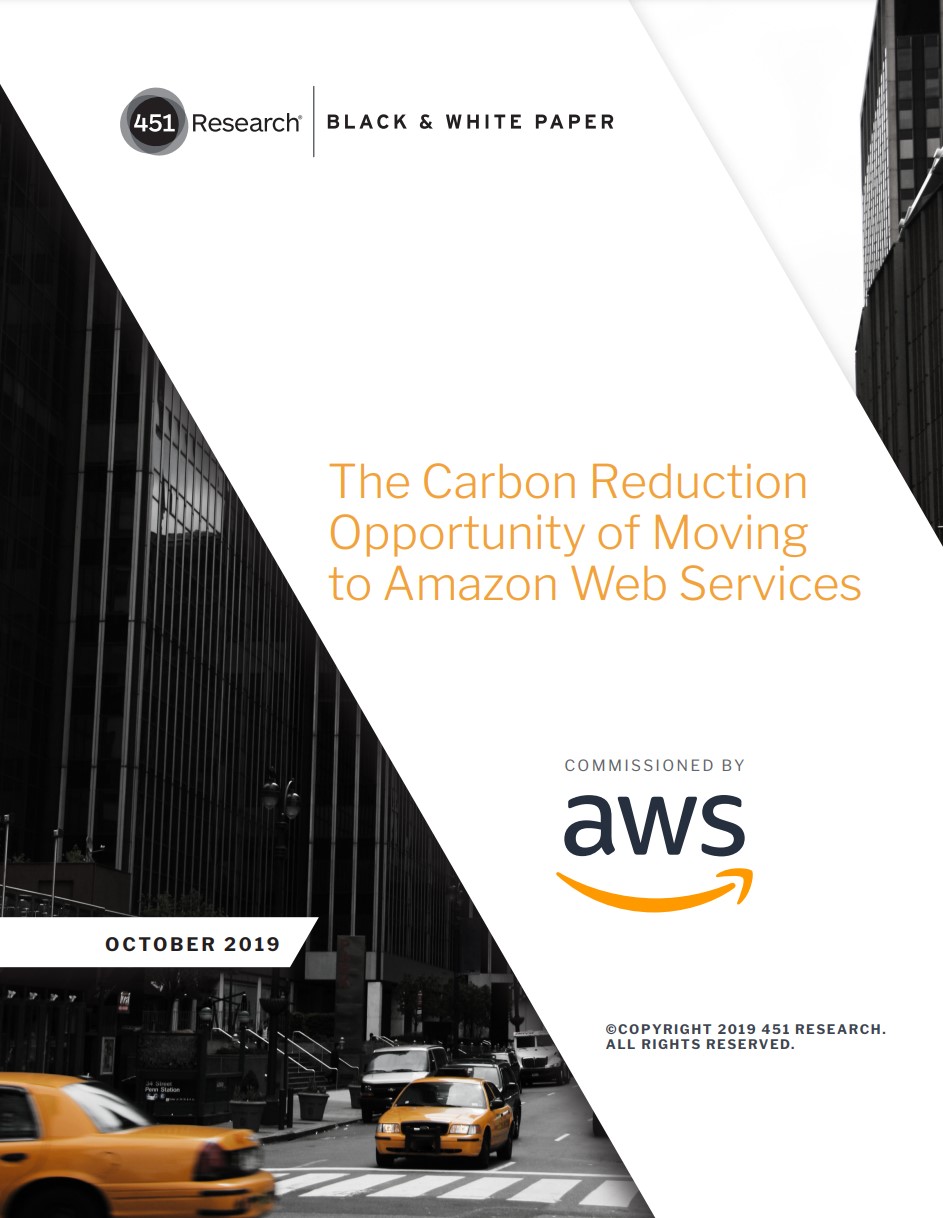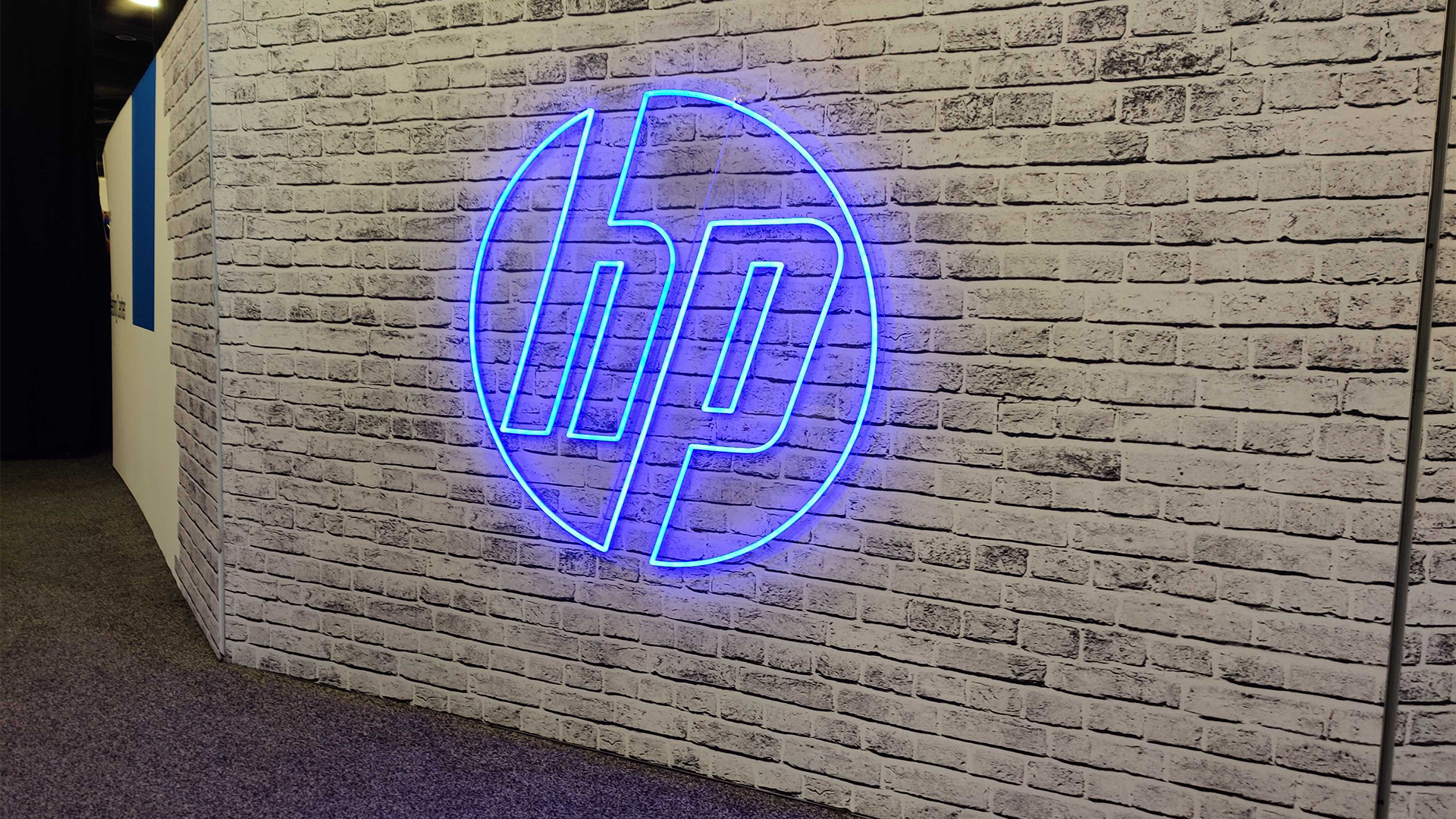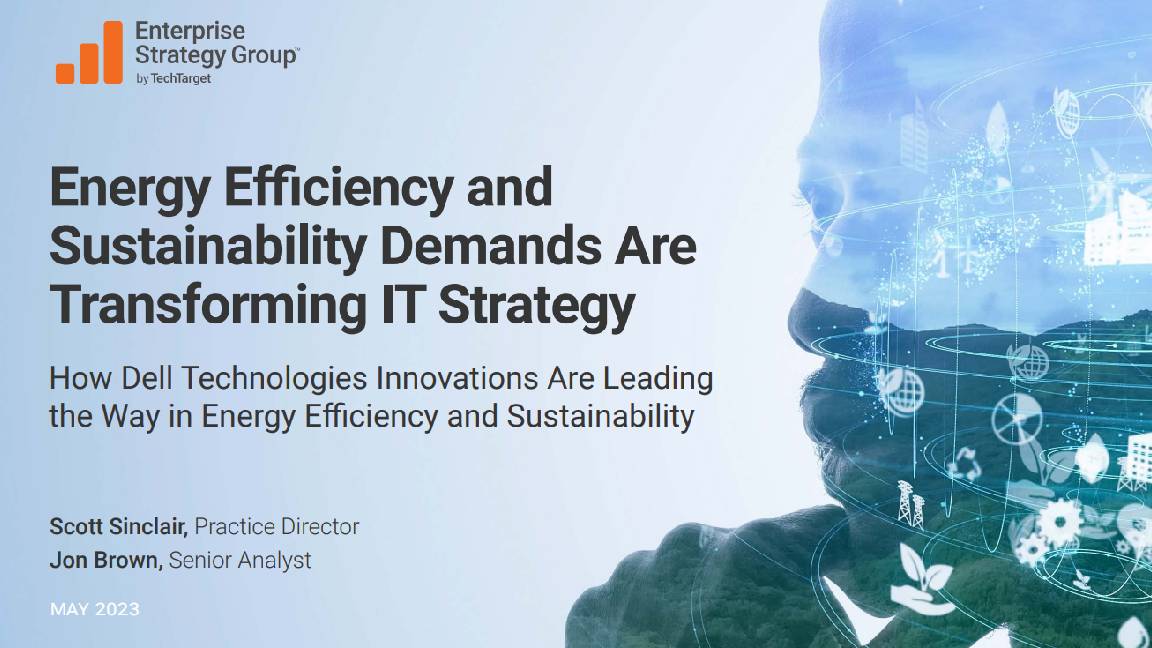Could the cycle of disposable technology be about to end?
Not so long ago we lived in a disposable society, but with the help of lockdown and a shift in attitude that seems to be changing

We live in a society where most things we buy are disposed of as soon as they break or when the latest version is released. Mount Recyclemore, created by musicMagpie for the G7 summit in June, highlighted this by creating giant heads out of discarded waste.
Over the course of the lockdowns, however, we saw an increase in people wanting to continue to use the technology they have rather than buying something new. Speaking to our customers, two factors are at play: first, they seem to be becoming more eco-conscious, and second, they don’t want the hassle of buying new kit. Could we be seeing a new trend? One where we stop the cycle of disposable technology?
Reusing parts from laptops that were just going to go in the bin is something that’s important to us. Sarah rang us on a Saturday panicking that her daughter’s Chromebook wouldn’t charge or turn on, and she needed it repaired by Monday in time for homeschooling. We initially checked the Chromebook hadn’t been provided by her daughter’s school and then agreed to look at it. Upon examination, the charging port had become damaged and needed to be replaced. Our supplier was closed as it was a weekend, and if we were to order a replacement it would have taken at least a week to be delivered. Luckily, we had a similar HP laptop in our disposal box that had been given to us to be scrapped.
We took the donor laptop apart, extracted the charging port and then compared it to the Chromebook one. It was a match! Fortunately, the port didn’t require soldering; it was a plug and play version, allowing for easier extraction. Once it was installed in the Chromebook, we checked it would charge and turn on before handing it back to Sarah so her daughter could carry on her homeschooling.
Game over
Jake’s problem was at the other end of the scale. Rather than buying a brand-new gaming PC, or opting for the excitement of buying all the latest parts to assemble it himself, he had gone for a hybrid route. Jake tried building his new gaming computer himself but ran into trouble, so his mum rang us in secret asking if we would help once they had returned from holiday.
We collected all the components and discovered that the power supply, graphics card and hard drives had all been used in his previous computer. Even though everything had been put together correctly, the computer wouldn’t power on. Unfortunately, his old PSU wasn’t powerful enough for the new motherboard. Due to the size of the case, we ordered a Corsair modular PSU as a replacement, which would allow Jake to remove cables that weren’t required.
Next up was the graphics card. After trying numerous times to get it to work, we discovered that it had unfortunately been physically damaged when it had been removed from the previous computer. We then had the difficult task of sourcing a new graphics card that supported virtual reality (VR). Luckily, we managed to buy one from a local supplier.
Get the ITPro daily newsletter
Sign up today and you will receive a free copy of our Future Focus 2025 report - the leading guidance on AI, cybersecurity and other IT challenges as per 700+ senior executives
With everything now installed, we returned a fully operational PC to Jake. He asked us what he could do with his old PC case as he didn’t want to just bin it. We took it off his hands so it could either be reused or recycled, as it’s in perfect working order.
Eye of the beholder
Computer performance is subjective. Some people think that their computer should turn on in the blink of an eye, whereas others don’t mind waiting a few minutes. However, if you have to go and make a cup of tea while you wait for Windows to load, then you know something’s wrong. And if your computer sounds like an aeroplane when you’re on a Zoom call, then it’s time to take a look at what’s causing it (in my case, it was cat fur clogging up the fan).
Louise contacted us about three laptops. They were all over ten years old and she wanted to keep them, but she wasn’t sure if it was worth doing because of their age. I can only describe the first one as a brick. It was an old Toshiba running Vista, and a quick check of the spec showed it wouldn’t support an upgrade to Windows 10. Next up was a Packard Bell (I secretly love Packard Bells, having had them since I was a kid). When we turned it on, a surprise was waiting for us: it was running Ubuntu. It was performing well, but the operating system hadn’t been updated since it was installed.
The final laptop in the trio was another Toshiba, which had already been upgraded to Windows 10 but was running at 100% disk usage and had practically no battery life. We advised Louise that a replacement SSD would be the best option and, with regard to the battery, we recommended either replacing it or keeping the laptop always plugged in.
RELATED RESOURCE

The carbon reduction opportunity of moving to AWS
How businesses are addressing sustainability issues with the help of the cloud
We cloned the hard drive using our Acronis software so no data was lost. A new battery was ordered from Toshiba and fitted into the laptop. It made a nice change to have an old-fashioned removable battery rather than an internal one. We handed the laptops back to her so that her children could carry on homeschooling.
This brings me to one of the more interesting repairs we’ve had recently, this time from Jenna. Her sons were playing football in the house and the ball accidentally flew toward one of their laptops and broke the screen. For some added pressure, Jenna was due to give birth within the next few days and the son whose laptop was now broken was going to be staying with his father in Liverpool while she was in hospital.
Luckily, our supplier was just down the road, and we were able to collect the screen and replace it that evening for Jenna. This meant that she could relax and not worry about how her son was going to be able to do his schoolwork while she was in hospital.
More years, please
From this, you can see a common theme: all our customers want us to repair their computer so they can get a few more years’ use out of it. Most of the computers we see are over five years old, an age where people would usually be looking at replacing their current computer, but more and more people are looking at how to extend the life of the technology they already have. For example, when your battery life dramatically reduces, it isn’t quite as easy as it used to be to replace the battery, but it is still possible.
From replacing screens that have become damaged by having a football kicked at them through to ripping out MacBook keyboards to replace them when the keys become loose, it’s often possible to rescue a machine that’s stopped working. The disposable society we once lived in is becoming less and less prevalent. More people are sticking with older mobile phones and only upgrading when the apps they use are no longer supported on that phone. If you’re upgrading, then look at the option of trading in your old phone or trying one of the many recycling options that provide a few pennies for your old one.
Perhaps you have an old computer kicking around? Charities will often take old computers to help train people with new skills for future development; they’ll use ones that don’t work in smash rooms. Just make sure you clear any personal data from the hard drive. Some charities will also refurbish them and sell them on, raising money for their cause.
Several repair cafés have also sprung up around the country, including one where I used to live. People will repair a range of different things brought to them using skills that they have gained throughout their life. Anything that prevents items from going to landfill must be a good thing.
Athina is a Microsoft apprenticeship ambassador and runs her own IT business
-
 Bigger salaries, more burnout: Is the CISO role in crisis?
Bigger salaries, more burnout: Is the CISO role in crisis?In-depth CISOs are more stressed than ever before – but why is this and what can be done?
By Kate O'Flaherty Published
-
 Cheap cyber crime kits can be bought on the dark web for less than $25
Cheap cyber crime kits can be bought on the dark web for less than $25News Research from NordVPN shows phishing kits are now widely available on the dark web and via messaging apps like Telegram, and are often selling for less than $25.
By Emma Woollacott Published
-
 HP’s sustainability drive is paying off for channel partners
HP’s sustainability drive is paying off for channel partnersNews Channel partners that bought into HP’s sustainability program saw sales increase as customers react positively
By Solomon Klappholz Published
-
 Beyond the upgrade: How to maximize IT investments and minimize waste
Beyond the upgrade: How to maximize IT investments and minimize wasteHow to maintain optimal performance and productivity with your fleet of hardware and stave off the next upgrade cycle for a bit longer
By ITPro Published
-
 Energy efficiency and sustainability demands are transforming IT strategy
Energy efficiency and sustainability demands are transforming IT strategywhitepaper How Dell Technologies innovations are leading the way in energy effiency and sustainability
By ITPro Published
-
 Energy efficiency and sustainability demands are transforming IT strategy
Energy efficiency and sustainability demands are transforming IT strategywhitepaper How Dell Technologies innovations are leading the way in energy effiency and sustainability
By ITPro Published
-
 Creating successful supply chain planning transformations in the consumer industry
Creating successful supply chain planning transformations in the consumer industryWhitepaper Think differently about SCP transformations and, in doing so, move into a better future for supply chains
By ITPro Published
-
 Better together
Better togetherWhitepaper Achieve more with Windows 11 and Surface
By ITPro Published
-
 Transforming the enterprise
Transforming the enterpriseWhitepaper With Intel and CDW
By ITPro Published
-
 Your guide to smarter printing: 2024 edition
Your guide to smarter printing: 2024 editionWhitepaper Making smarter printing simple for all businesses
By ITPro Published